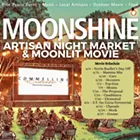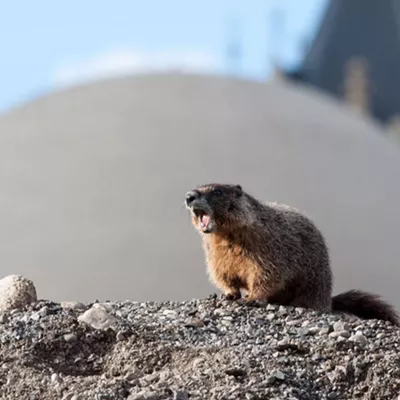Spokane's Legacy
Back in the mid-1910s, when Spokane was booming and civic pride was bursting forth, city fathers hired the now-legendary firm of the Olmstead Brothers to plan a park system for the city. It was the same firm responsible for the "Emerald Necklace" of parks in Boston and Central Park in Manhattan. So the innovative urban planners came, and Spokane has never been the same. Their plans led directly to places like Manito Park and the Arboretum.
Indirectly, their vision for the city has never stopped inspiring people. Aubrey L. White was so inspired that he spent much of his life as the city's parks director, where he tapped wealthy citizens and other sources to set aside hundreds of acres of land for parks. Later, a guy by the name of King Cole, who was hired by the city's leaders to improve its economic base in the 1960s, was equally inspired by a piece of the brothers' unfinished plans for Spokane.
On their visit to Spokane, the Olmstead Brothers were taken by the city's most dazzling feature -- the falls of the Spokane River. Unlike anything they had seen before, they envisioned a Gorge Park that would capitalize on such a unique feature. Alas, the Gorge Park never was undertaken in the golden age of park building in Spokane. But unearthed by Cole, he saw it as a way to clean up the riverside and create an attraction in downtown Spokane that could be world famous, perhaps by making it a national park or monument. Cole's long and winding road led to Expo '74 instead of a new park near the gorge, but you could say that, indirectly, Riverfront Park is a product of the Olmsteads' vision for Spokane.
Today, a new group is being inspired by those plans, now nearly a century old. A group of volunteers -- the Great Gorge Group, or G3 -- is working diligently to make the Gorge Park a reality.
"This Gorge Park is kind of like the link to all the parks [the Olmsteads] saw for Spokane," says Rick Hastings, a Spokane architect and one of the G3 volunteers. "It's kind of the missing connector."
After winning a federal grant to have the National Park Service study the possibility, the plans are coming closer to fruition. The entrance would be at the space between City Hall and the old Washington Water Power building, and a grand staircase or switchback trail would lead you down to the flatlands at the bottom of the falls. Green spaces and a series of trails would characterize the park, which could stretch all the way to High Bridge Park.
"We've been working with lots of groups," says Hastings, "The Parks Department, the Summit Property, owned by Met Mortgage, the Spokane Tribe, the Downtown Spokane Partnership, Peaceful Valley and West Central neighborhoods, the state Parks Department, the Convention and Visitors Bureau, the Centennial Trail, the Cheney Cowles Museum -- now the MAC -- Avista. We've had eight meetings, and there's uniform enthusiasm for project. There doesn't seem to be any bumps left."
Hastings says after some public meetings this June, the group will formally roll out their plans in the fall. The city already owns much of the land in question, and funding could come from a variety of sources if the plan can be adopted as a National Monument. The Spokane Tribe is very interested, too, since the site is sacred ground in their tradition. There is talk of an interpretive center near the entrance to Gorge Park that could incorporate some of the Native American history of the site, and the trails could link up with the new Museum of Northwest Arts and Culture from below, so tourists could take in the whole picture. Locals may use the new trails for jogging, but in general the plan would reveal a part of the river that has been hidden -- just as Cole did with the river above the falls through the World's Fair.
And even though nobody is talking about it yet, the final piece of the puzzle could be to remove the artificial spillway built by Washington Water Power years ago. Although some power is generated at the site, removal of the spillway would return the falls to their original splendor, making the entire Spokane River corridor through downtown just what the Olmstead Brothers saw it for -- an unparalleled public treasure.
You can learn more about the plans for
the Gorge Park at www.friendsofthefalls.org.



















